Huaqing Pools
These mountain hot springs have seen power struggles, doomed romances, and a generalissimo's attempted escape from mutiny.
A short drive from the famed terracotta warriors of China’s first emperor stands Li Shan, or Mount Li, one of the tallest peaks in the Qin Mountains. While some stories claim the mountain is named for its shape and the dark covering of pine and cypress trees resembling a black horse, its better claim to fame today is the natural hot springs on the northern side of Mount Li.
Visitors have come to soak in these mineral-enriched waters for their supposed curative properties since antiquity. The hot springs eventually attracted the eyes of powerful men; the first palace on the site was supposedly built by the short-reigning King You, who was overthrown by his father-in-law and allied barbarians after he dared to demote his wife in favor of a concubine. Over successive dynasties, pools and gardens and palaces were erected, most liberally by the Tang emperor Xuanzong.
Xuanzong is popularly remembered for an all-consuming romance with Yang Guifei, one of the Four Beauties of Ancient China, on the grounds of the Huaqing Pools, as the hot springs are now known. He was supposedly so distracted from his official duties that it allowed his general An Lushan to foment rebellion. Many palace buildings were destroyed in the ensuing battles, though they have been reconstructed in recent decades (along with a provocative statue of Yang Guifei, subject to many inappropriate photo opportunities).
Most unusually, even after the fall of China’s last imperial dynasty, the Huaqing Pools would serve as the backdrop for a significant event in both the Chinese Civil War and World War II. In 1939, Chiang Kai-shek, the nominal leader of China, had been resolutely focused on fighting Communist factions for years, even after the invasion of Japanese troops. Chiang’s frustrated generals eventually reached a secret truce with the Communists, to form a united front against Japan, and decided to force Chiang to accept it.
On December 12, 1936, Chiang was staying in the Five-Room Building of the Huaqing Pools when two of his bodyguards attempted to kidnap him. Shots were fired, though Chiang was able to escape out onto Mount Li, before being found hidden in a rock crevice and forced to accept a truce with the Communists. The Five-Room Building is today preserved as it was, with the bullets and broken windows still preserved and labeled. Even the crevice where Chiang was found is marked with the Remonstration Pavilion, with the more adventuresome able to climb a chain up his escape route.
Know Before You Go
The pools are open year-round for a small fee (about ¥20).

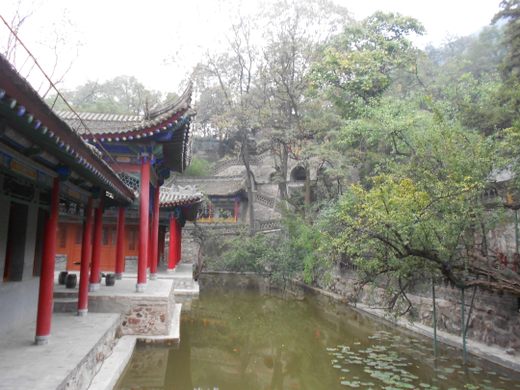
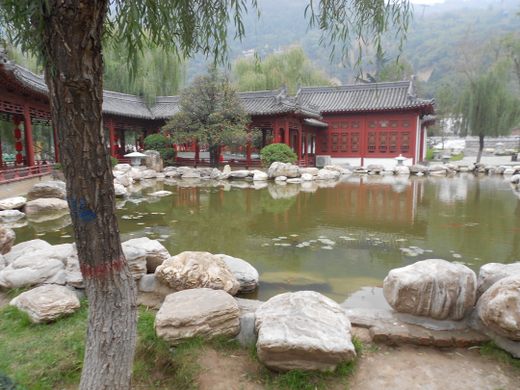
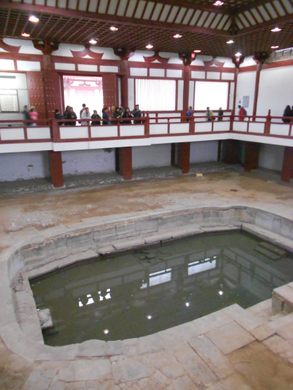


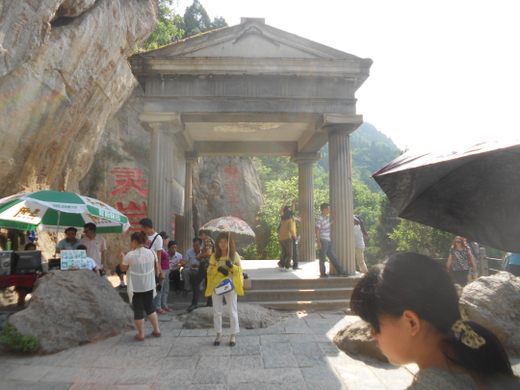
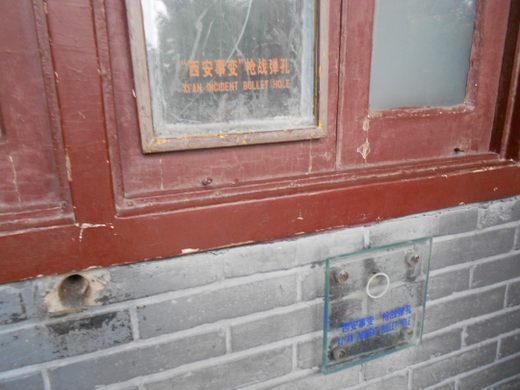
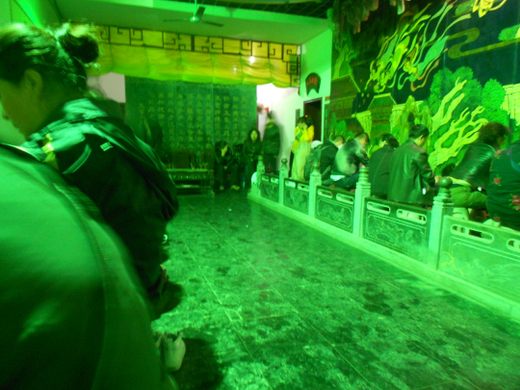


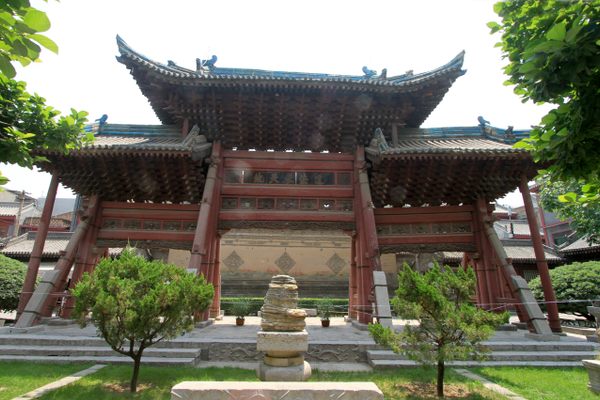

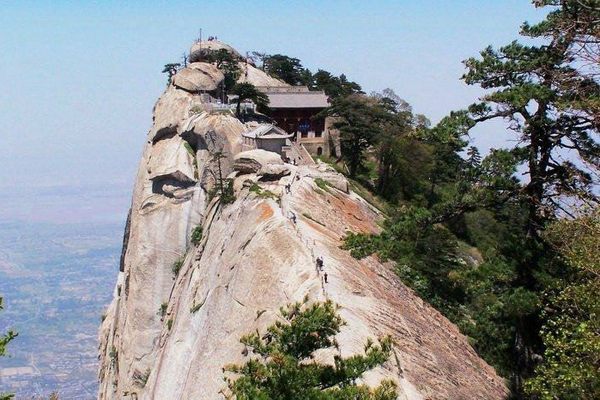
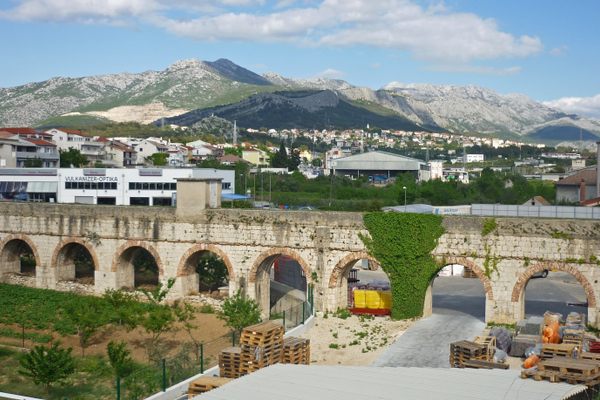



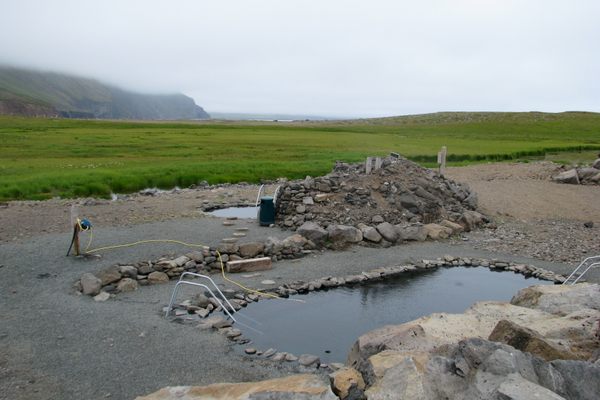

Follow us on Twitter to get the latest on the world's hidden wonders.
Like us on Facebook to get the latest on the world's hidden wonders.
Follow us on Twitter Like us on Facebook